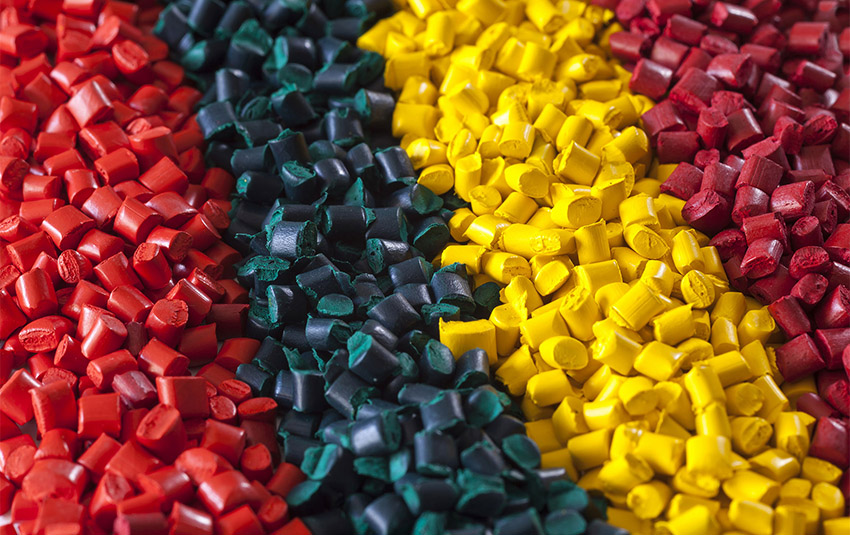How does toughening PP affect its mechanical properties?
Toughening polypropylene (PP) typically involves the incorporation of additives or modifications to enhance its impact resistance and overall mechanical properties. Here’s how toughening PP affects its mechanical properties:
Impact Resistance: Toughened PP exhibits significantly improved impact resistance compared to standard PP. This enhancement is crucial for applications where the material may experience sudden impacts or stress, such as in automotive parts, household appliances, or protective equipment.
Tensile Strength: The tensile strength of toughened PP can vary depending on the specific additives used and their concentration. In general, toughening PP may slightly decrease its tensile strength compared to standard PP, but the trade-off is often justified by the improved impact resistance.
Flexural Strength and Modulus: Toughened PP typically retains a good balance of flexural strength and modulus, which are important for applications requiring stiffness and dimensional stability under load. The toughening process aims to maintain or slightly enhance these properties while improving impact resistance.

Fracture Toughness: Toughened PP exhibits higher fracture toughness, meaning it can withstand greater stress before fracturing or failing. This property is crucial in applications where durability and resistance to crack propagation are essential.
Fatigue Resistance: The toughening additives in PP can improve its fatigue resistance, allowing the material to withstand repeated stress cycles without significant degradation or failure. This is particularly beneficial in dynamic applications or where parts are subjected to cyclic loading.
Creep Resistance: Toughened PP may exhibit improved creep resistance compared to standard PP, meaning it can maintain its shape and dimensional stability under long-term stress or load conditions.
Toughening PP enhances its suitability for demanding applications where both mechanical strength and impact resistance are critical. The specific improvements in mechanical properties depend on the formulation of the toughening additives and the intended use of the material.





